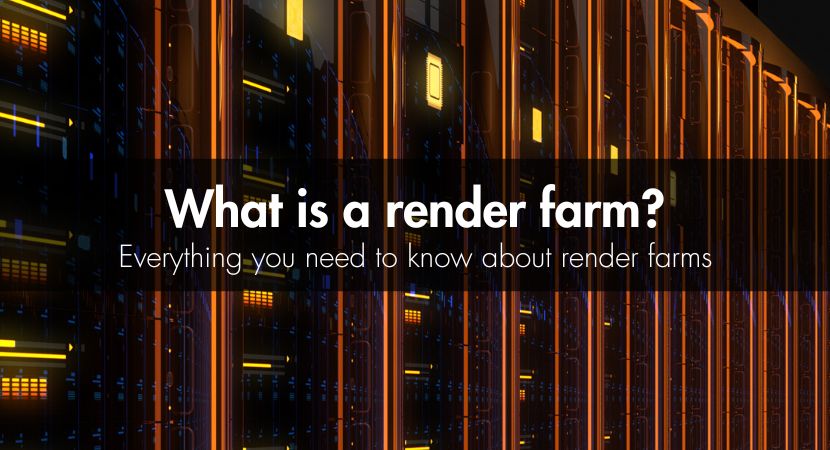
Did you ever wonder what a "render farm" is when you heard the term? The definition and operation of a render farm will be completely explained in this article.
A render farm is a computer system/data center that is specialized in the calculation of computer-generated images (CGI). It's mainly used to create films, visual effects, as well as, architectural visualizations. Read our article for an in-depth explanation.
How does rendering work?
Rendering is the process of defining light, shadows, reflections, and many other elements in animations and 3D visualizations. However, the renderer and 3D software need a lot of time and processing power for this procedure. Let's get into some numbers to make it more clear:
For a sequence with a length of one second, at least 25 single frames have to be calculated for a fluid motion. This means that an animation with a length of one minute consists of 1,500 single frames.
Rendering process
How long it takes to calculate one single frame highly depends on the:
- complexity of the scene
- render settings
- available computing power
Meaning that a scene can either be calculated within seconds, or it can take many minutes or even hours. Taking a simple scene as an example. A computer system that can calculate a simple scene in 10 seconds, still needs about 4 hours to calculate a 1-minute sequence. The system will work for 4 hours at full capacity, making it unusable during this time.
It's very common for a high-quality animation based on complex 3D scenes with composite lighting calculations to take up to 30 minutes of calculation per frame. If your project includes hundreds or even thousands of frames, that can quickly add up to days or even weeks of total render time on a single machine.
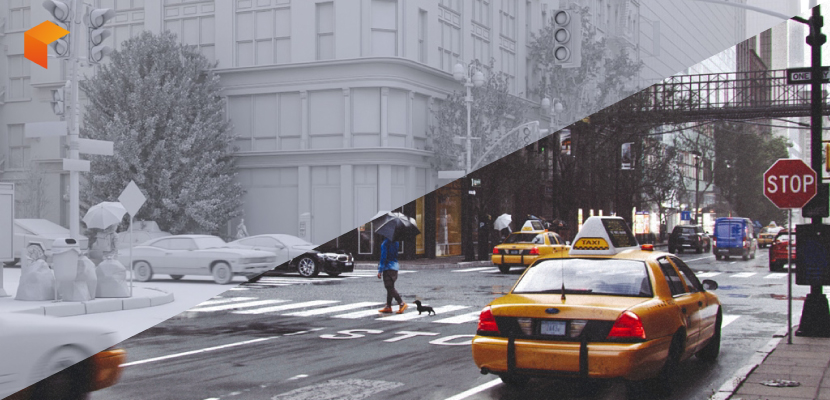 New York by Ander Alencar - Clay Render vs. Final Render
New York by Ander Alencar - Clay Render vs. Final Render
Assuming that we have an average render time of 10 minutes, the local computer system, running at full capacity, would need 10 full days to calculate the frames. Quite long, right? A render farm is useful in this situation.
What is a render farm?
A render farm consists of many computer systems specialized in the calculation of 3D images. These are called render nodes. Each of these render nodes has the required 3D software, the renderer and the needed plugins installed. Additionally, the hardware is optimized for CPU and GPU rendering. Larger render farms have up to thousands of render nodes.
How does a render farm work?
Since a render farm has many render nodes, the frames of a 3D sequence can be calculated simultaneously on these nodes. Taking the example we used before – if this sequence is calculated by one hundred render nodes instead of just one local system, 10 days of rendering shrink to 2.5 hours. This makes it possible to reduce the rendering time notably.
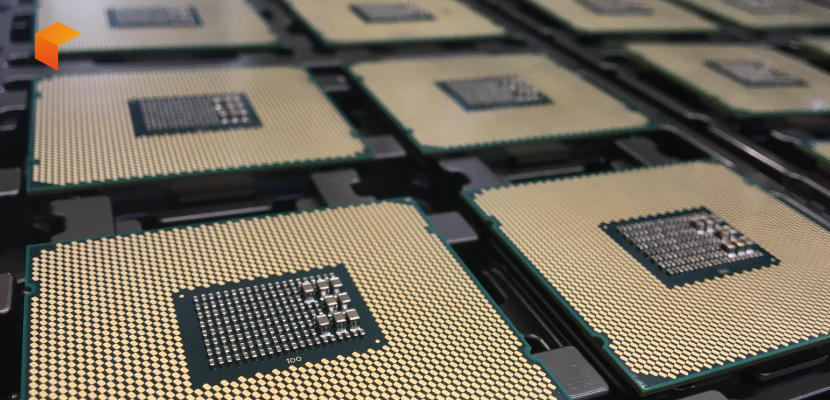 CPUs that are used in a render farm
CPUs that are used in a render farm
How much does a render farm cost?
The costs of running a render farm are very high. The hardware of the render nodes must always be up-to-date. The software has to be licensed, and the render farm needs a complex infrastructure, maintenance and a lot of power. Additionally, fees per frame for various 3D software and renderers have to be paid.
That's why there are commercial render farms that users can rent and only pay a small percentage of all these costs, avoiding high costs, while still profiting from really fast renderings.
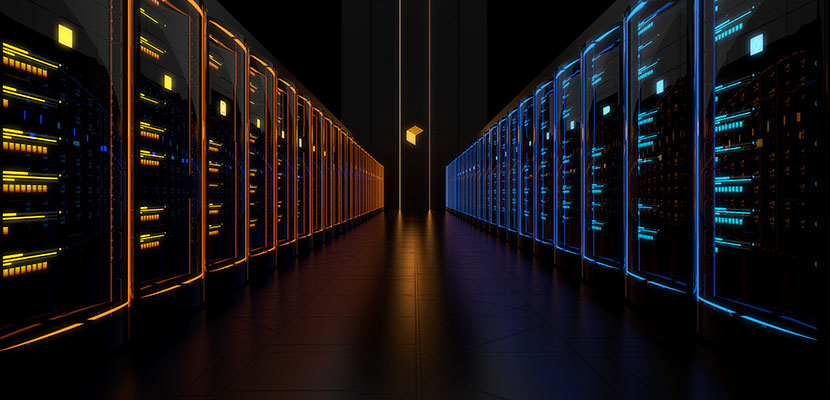 Server cabinets inside a commercial render farm
Server cabinets inside a commercial render farm
What kind of render farms exist?
There are two types of render farms: self-built and cloud-based render farms (commercial render farm).
If an artist has several computers in his studio, he can use them to complete the rendering. In this case, we're talking about a self-built render farm. Larger studios may use hundreds of self-deployed servers to render a project. However, this requires a high level of technical skills for setup and maintenance. Further costs arise for the hardware and software, manpower and energy.
With a cloud-based provider/commercial render farm, the user has the advantages of a render farm without all the costs of maintenance, hardware, software and energy. The user can start rendering right away, doesn't need high technical skills, and thus will save money. Lastly, the greatest advantage is the speed of the rendering process, as well as having your own computer available, while the project is rendered online.
What 3D software is supported by a render farm?
Users benefit greatly from render farms' preinstalled 3D software because it speeds up the rendering process and eliminates the need to install special software on the servers, which cuts down on setup time. The majority of render farms provide information about their supported 3D software on their website. Verify whether your necessary software, renderer, and plugins are supported by the render farm provider of your choice before you sign up with them. Here is a list of some of the 3D software that Rebus supports:
- 3ds Max
- Cinema 4D
- Maya
- Blender
- Corona
- Redshift
- Arnold
- Octane
How do commercial render farms work?
Commercial render farms are very easy and comfortable to use. Once registered with the provider, there is usually a rendering software that you can download. This software integrates into your 3D software, which makes the render farm usage very easy.
When the scenes are checked, they are uploaded to the render farm. On the farm, the scenes are distributed to various render nodes that calculate the frames. Once a frame has been calculated, it is automatically downloaded to the user's system. Some render farms, like RebusFarm, offer their users a control center, where they can check the progress online or in the render farm software.
At RebusFarm, the rendering credits are called RenderPoints. Similar to other render farms, RebusFarm provides a cost calculator that helps you estimate your expected expenses or determine how many RenderPoints your project will require.
What are the advantages of a commercial render farm?
There are many advantages to using a commercial render farm:
- Save time – especially if you have a deadline and your local computing system won't be able to finish the render in time. Plus, your computer is free to use while your work is being rendered at the render farm.
- Save costs – as already explained before, running your own render farm is very costly. By using a commercial render farm, you will save on costs.
- Support – most commercial render farms have a support team to help you out with any technical issues that may arise while your sequence is being calculated.
- Easy to use – render cloud providers have their own software that plugs into the used 3D software, which makes the usage of a render farm really easy.
- Minimized risk – computers can overheat or shut down during the rendering process. Having this kind of issue overnight with a deadline can be a real hassle. By sending the render project to a render farm, you will avoid this kind of situation, since a render farm has experienced technicians who ensure that your 3D jobs get rendered without any problems.
When choosing the right render farm to use, you should not only look at the costs but also how easy the procedure is, as well as the service and fairness of the provider.
If you prefer a more visual explanation of what a render farm is, check out the following video, which explains what we just talked about in this article.
Video explaining what a render farm is.
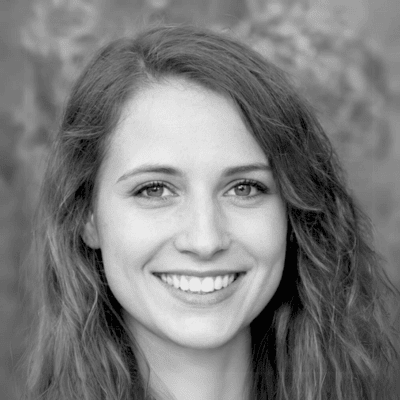
About the author
Nicole Holt is an experienced 3D enthusiast with a career in marketing and content writing. Thanks to this unique combination, she is able to showcase the technical intricacies of 3D art and rendering while also making the subject accessible to a wide audience. When she's not immersed in the digital world, Nicole can be found in the great outdoors, most likely with her beloved dog, Sammy.
Get started with your own renderings
